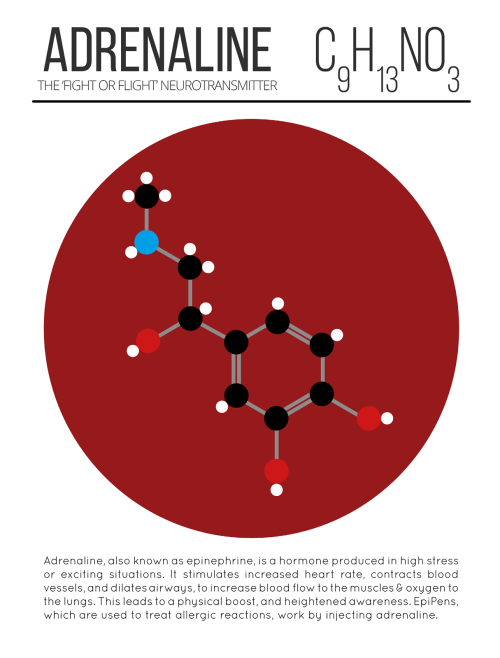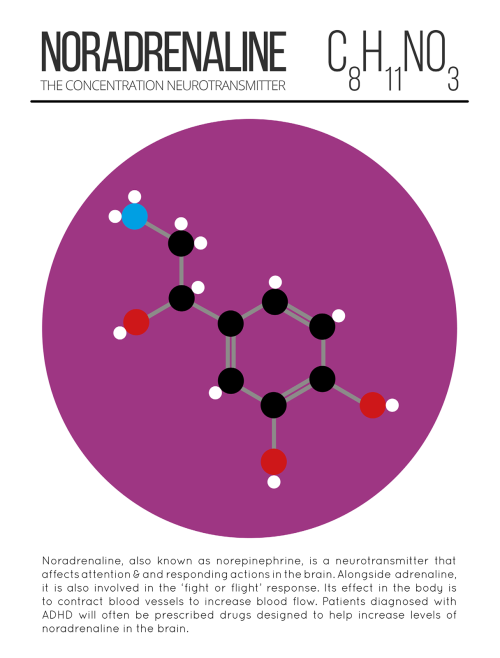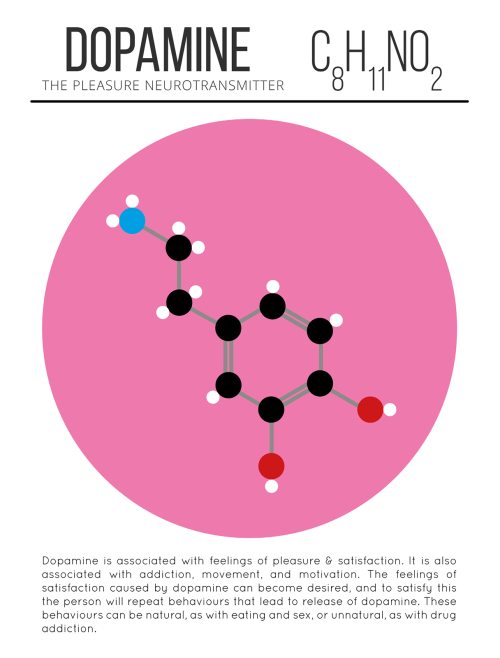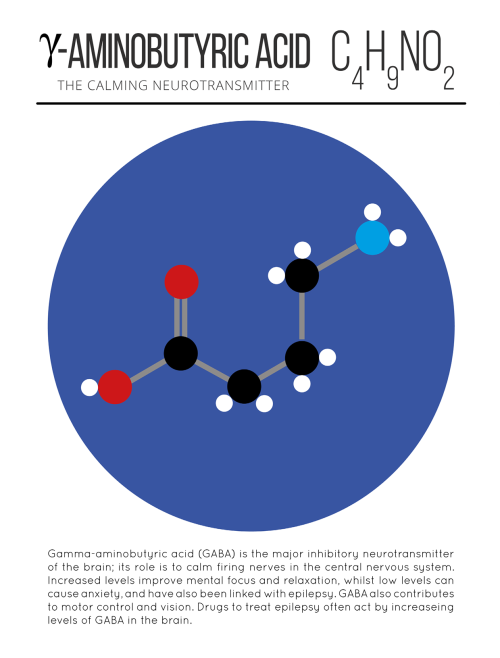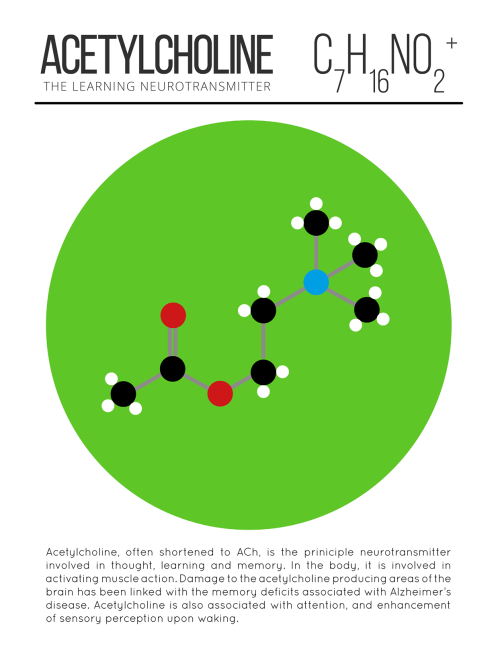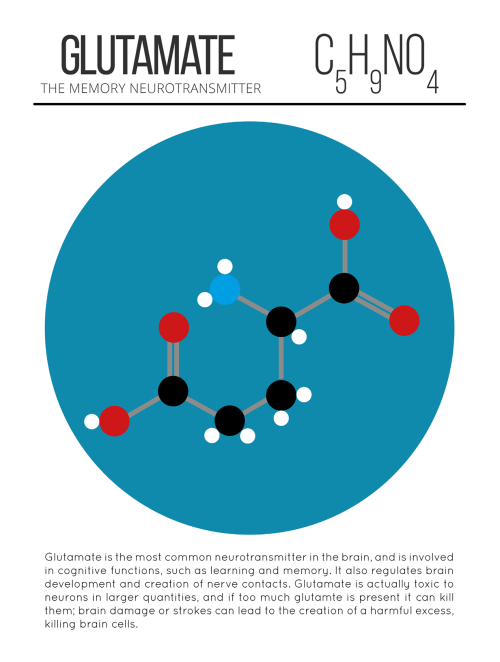Both Hemispheres Of The Brain Process Numbers

Both hemispheres of the brain process numbers
Researchers of the Jena University (Germany) and of the Jena University Hospital located an important region for the visual processing of numbers in the human brain and showed that it is active in both hemispheres. In the ’Journal of Neuroscience’ the scientists published high resolution magnetic resonance recordings of this region.
The human brain works with division of labour. Although our thinking organ excels in displaying amazing flexibility and plasticity, typically different areas of the brain take over different tasks. While words and language are mainly being processed in the left hemisphere, the right hemisphere is responsible for numerical reasoning. According to previous findings, this division of labour originates from the fact that the first steps in the processing of letters and numbers are also located individually in the different hemispheres. But this is not the case, at least not when it comes to the visual processing of numbers.
Neuroscientists of the Friedrich Schiller University Jena and of the Jena University Hospital discovered that the visual processing of numbers takes place in a so-called ‘visual number form area’ (NFA) - in fact in both hemispheres alike. The Jena scientists were the first to publish high resolution magnetic resonance recordings showing the activity in this region of the brain of healthy test persons. The area is normally difficult to get access to.
The 'blind spot’ in the brain
In their study Dr. Mareike Grotheer and Prof. Dr. Gyula Kovács from the Institute for Psychology of Jena University as well as Dr. Karl-Heinz Herrmann from the Department of Radiology (IDIR) of the Jena University Hospital presented subjects with numbers, letters and pictures of everyday objects. Meanwhile the participants’ brain activity was recorded using magnetic resonance imaging (MRI). Thus the researchers were able to clearly identify the region in which the visual processing of numbers takes place. The small area at the underside of the left and right temporal lobe reacted with increased activity at the presentation of numbers. Letters and other images but also false numbers lead to a significantly lower brain activity in this area.
Although the Jena team already knew from other scientists’ previous research where they had to look for the area, a lot of developmental work went into the newly published story. “This region has been a kind of blind spot in the human brain until now,” Mareike Grotheer says. And here is why: Hidden underneath the ear and the acoustic meatus, surrounded by bone and air, previous MRI scans showed a number of artefacts and thus obstructed detailed research.
For their study the Jena scientists used a high-performance 3 tesla MRI scanner of the Institute of Diagnostic and Interventional Radiology (IDIR) of the Jena University Hospital. They recorded three-dimensional images of the brain of the test subjects at an unusually high spatial resolution and hence with only very few artefacts. In addition these recordings were spatially smoothed whereby the remaining 'white noise’ could be removed. This approach will help other scientists to investigate a part of the brain that until now had been nearly inaccessible. “In this region not only numbers are being processed but also faces and objects,” Prof. Kovács states.
More Posts from Science-is-magical and Others

Playing Tetris might help reduce the effects of PTSD. Researchers found that those who played it within 4 hours of seeing traumatic events had fewer flashbacks and intrusive memories. They hope to apply the findings to current treatment, which only deals with the effects after they occur.
Btw, you can play Tetris online for free. Any time. All the time.
Source

One of my favorite things about biology is that there are so many diagrams like this that look like shitposts if you remove any and all context from them



Life from the perspective of colour blind people
Deuteranomalia: This is caused by reduced sensitivity to green light. Deutan color vision deficiencies are by far the most common forms of color blindness. This subtype of red-green color blindness is found in about 6% of the male population, mostly in its mild form deuteranomaly.
Protanopia: Caused by a reduced sensitivity to red light due to either defective or a lack of long -wavelength cones (red cones). Some scientists estimate that being a protan is associated with a risk of a road accident equivalent to having a blood alcohol level of between 0.05 and 0.08 per cent.
Tritanopia: People affected by tritan color blindness confuse blue with green and yellow with violet. This is due to a defective short-wavelength cone (blue cone). Whilst Protanopia and Deuteranomalia are significantly more common in men, tritanopia affects both sexes in equal amounts.
Monochromacy: Only around 0.00003% of the world’s population suffers from total color blindness, where everything is seen in black and white.
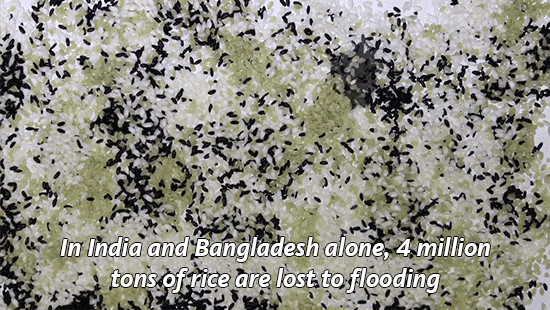
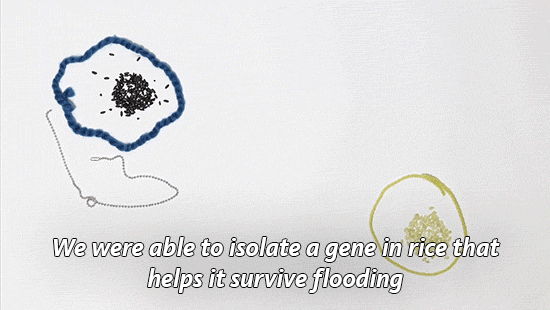
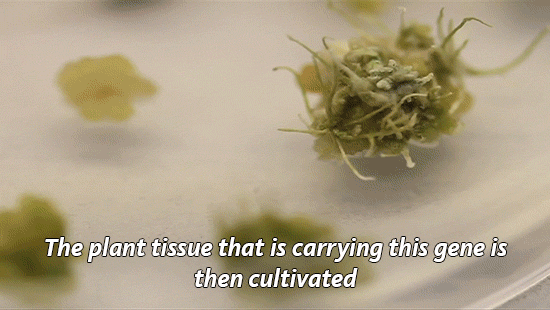
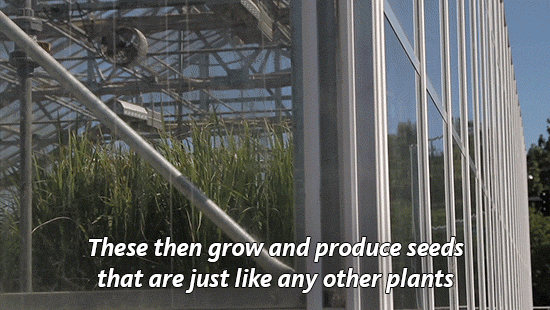
Why we need GMOs to survive climate change
Genetically modified organisms get a bad rap for many reasons, but we’ve actually been genetically altering what we eat since the dawn of human history.
“For 10,000 years, we have altered the genetic makeup of our crops,”explains UC Davis plant pathology professor Pamela Ronald.
“Today virtually everything we eat is produced from seeds that we have genetically altered in one way or another.” (You can read more about Ronald’s thoughts on genetically engineered food here.)
Right now her focus is on rice. It’s one of our basic crops and without it, we would struggle to feed much of the world.
With climate change, we’re seeing an increase in flooding in places like India and Bangladesh, which makes it harder to grow this important food staple.
So Ronald and her lab have developed a flood-tolerant strain of rice. It’s known as Sub1a or “scuba rice” and millions of farmers in South Asia are now growing it in their fields.

Today is National Food Day, a day dedicated to hunger awareness. But as we focus on food insecurity, we need to talk more about how global warming will make the problem worse.
As our climate continues to heat up, it has huge impacts on what foods we are able to grow. Will our crops be able to survive droughts and floods? The University of California leads six labs that are working to develop other climate-resilient crops including chickpea, cowpea and millet.
Find out what other scientists are doing to improve our food.
-
 soundgrammar liked this · 5 years ago
soundgrammar liked this · 5 years ago -
 replicant1955 liked this · 6 years ago
replicant1955 liked this · 6 years ago -
 science-is-magical reblogged this · 8 years ago
science-is-magical reblogged this · 8 years ago -
 tremendouslylovelyphilosopher reblogged this · 8 years ago
tremendouslylovelyphilosopher reblogged this · 8 years ago -
 l10nturtle reblogged this · 9 years ago
l10nturtle reblogged this · 9 years ago -
 alec-c-c-combo-breaker liked this · 9 years ago
alec-c-c-combo-breaker liked this · 9 years ago -
 linguisten liked this · 9 years ago
linguisten liked this · 9 years ago -
 pejko liked this · 9 years ago
pejko liked this · 9 years ago -
 ah-thenah reblogged this · 9 years ago
ah-thenah reblogged this · 9 years ago -
 leftfootism reblogged this · 9 years ago
leftfootism reblogged this · 9 years ago -
 kiyekirci liked this · 9 years ago
kiyekirci liked this · 9 years ago -
 jifflypillowtins reblogged this · 9 years ago
jifflypillowtins reblogged this · 9 years ago -
 ronin9gin liked this · 9 years ago
ronin9gin liked this · 9 years ago -
 elizabethech liked this · 9 years ago
elizabethech liked this · 9 years ago -
 langrobidi liked this · 9 years ago
langrobidi liked this · 9 years ago -
 issaelrz liked this · 9 years ago
issaelrz liked this · 9 years ago -
 girlwiki reblogged this · 9 years ago
girlwiki reblogged this · 9 years ago -
 sylviabastroschen-blog liked this · 9 years ago
sylviabastroschen-blog liked this · 9 years ago -
 jasondhubbard liked this · 9 years ago
jasondhubbard liked this · 9 years ago -
 iaidcare liked this · 9 years ago
iaidcare liked this · 9 years ago -
 davethoyo-blog reblogged this · 9 years ago
davethoyo-blog reblogged this · 9 years ago -
 philige liked this · 9 years ago
philige liked this · 9 years ago -
 elephantonthefence-blog liked this · 9 years ago
elephantonthefence-blog liked this · 9 years ago -
 elephantonthefence-blog reblogged this · 9 years ago
elephantonthefence-blog reblogged this · 9 years ago -
 tasteslikecocacola reblogged this · 9 years ago
tasteslikecocacola reblogged this · 9 years ago -
 cowardly-beard liked this · 9 years ago
cowardly-beard liked this · 9 years ago -
 life-of-a-medic reblogged this · 9 years ago
life-of-a-medic reblogged this · 9 years ago -
 the-whole-world-is-waking-up liked this · 9 years ago
the-whole-world-is-waking-up liked this · 9 years ago -
 d2drake reblogged this · 9 years ago
d2drake reblogged this · 9 years ago -
 nurnielfa liked this · 9 years ago
nurnielfa liked this · 9 years ago -
 bluecherry4ever13 liked this · 9 years ago
bluecherry4ever13 liked this · 9 years ago -
 darkmaster07 reblogged this · 9 years ago
darkmaster07 reblogged this · 9 years ago -
 darkmaster07 liked this · 9 years ago
darkmaster07 liked this · 9 years ago -
 kerencordon-blog liked this · 9 years ago
kerencordon-blog liked this · 9 years ago -
 datasuit liked this · 9 years ago
datasuit liked this · 9 years ago -
 coolasp liked this · 9 years ago
coolasp liked this · 9 years ago -
 knife-to-see-you liked this · 9 years ago
knife-to-see-you liked this · 9 years ago -
 drnovakaine liked this · 9 years ago
drnovakaine liked this · 9 years ago
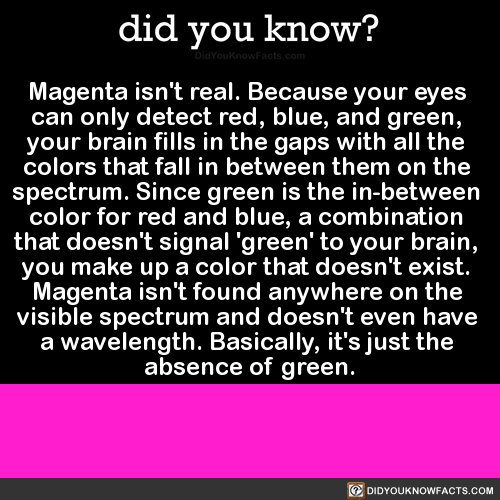

![Source [x]](https://64.media.tumblr.com/c67e16b83f88fe48da4656147229f385/tumblr_nz90mw4OiA1u1i4d4o1_500.jpg)
![Source [x]](https://64.media.tumblr.com/a60c74bcd55fb8555c574abb6eb4a0aa/tumblr_nz90mw4OiA1u1i4d4o2_500.jpg)
![Source [x]](https://64.media.tumblr.com/35e92a53a2e18de1283034cd6d7999ea/tumblr_nz90mw4OiA1u1i4d4o3_500.jpg)
![Source [x]](https://64.media.tumblr.com/4c1566aefd626f49bf3bfaf0c2e04616/tumblr_nz90mw4OiA1u1i4d4o4_500.jpg)
![Source [x]](https://64.media.tumblr.com/61c3673d595a1d1ddb2bd9c6d25862ae/tumblr_nz90mw4OiA1u1i4d4o5_500.jpg)
![Source [x]](https://64.media.tumblr.com/3830b9a2ede2b1021bb8596b1bc4bb6f/tumblr_nz90mw4OiA1u1i4d4o6_500.jpg)

